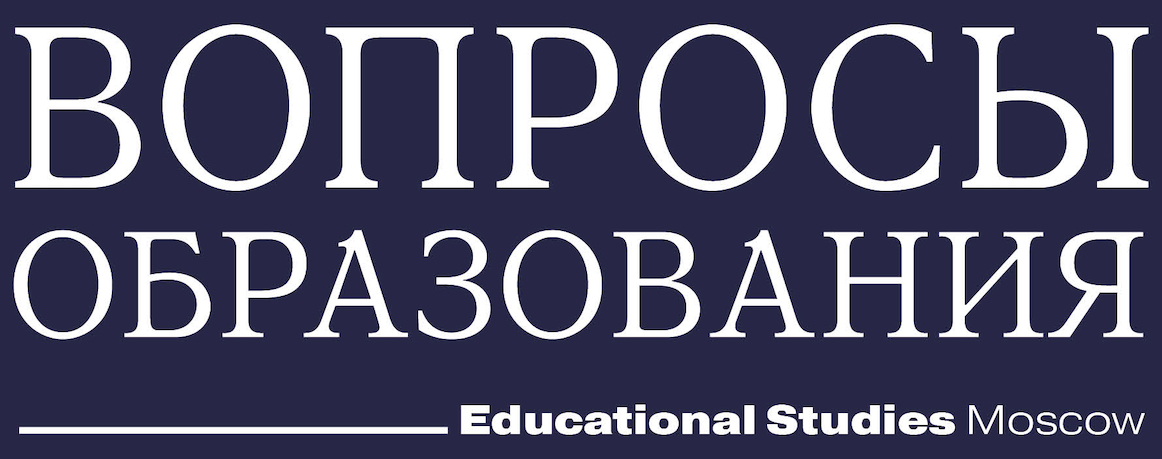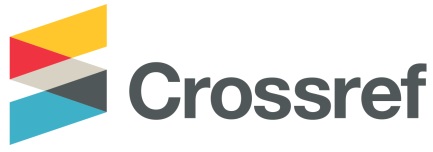The Fragile Centrality of Teachers: Demographic and Institutional Strains in the Russian Education Workforce
Аннотация
Teachers occupy a paradoxical position in contemporary societies: they are central to social reproduction and economic development, yet their profession remains structurally fragile. This article reports on demographic and institutional pressures shaping the teaching workforce in Russia between 2016 and 2024, situating the findings within global debates and the BRICS context. Drawing on national statistical data and institutional reports, we trace three interlinked dynamics: demographic ageing, workload intensification, and professional role transformation. The share of teachers aged 60 and above increased markedly in 2016-2024, while pupil-to-teacher ratios rose to nearly 20 in urban schools, highlighting escalating pressures on the staff. At the same time, teachers expanded their responsibilities becoming mentors, mediators, and digital administrators, reinforcing tendencies toward role overload and burnout. Interpreting these developments through the sociology of professions, human capital theory, and institutional resilience, the article argues that Russia exemplifies how demographic and organisational forces intersect to reconfigure teaching as a “semi-profession.” While these processes mirror global trends, the Russian case reveals distinctive patterns shaped by uneven regional development and state-centered governance. The study contributes to comparative education by integrating demographic and institutional perspectives, thereby illuminating the fragile centrality of teachers in transitional education systems.
Скачивания
Литература
Abbott A. (1988) The System of Professions: An Essay on the Division of Expert Labor. Chicago, IL: University of Chicago.
Anchikov K.M., Denisenko I.S., Ebersöhn L., Feng Z., Gouveia A.B., Ivanov I.I. et al. (2025) Transformation of General Education in BRICS Countries. Moscow: BRICS Expert Council – Russia.
Apple M.W. (2005) Education, Markets, and an Audit Culture. Critical Quarterly, vol. 47, no 1–2, pp. 11–29. https://doi.org/10.1111/j.0011-1562.2005.00611.x
Connell R. (2007) Southern Theory: The Global Dynamics of Knowledge in Social Science. Crows Nest: Allen and Unwin.
Crossley M., Watson K. (2003) Comparative and International Research in Education: Globalisation, Context and Difference. London: Routledge.
Day C., Gu Q. (2010) The New Lives of Teachers. London: Routledge. https://doi.org/10.4324/9780203869956
Etzioni A. (ed.) (1969) The Semi-Professions and Their Organization: Teachers, Nurses, Social Workers. New York, NY: Free Press.
European Commission (2019) Education and Training Monitor 2019. Luxembourg: Publications Office of the European Union. Available at: https://op.europa.eu/en/publication-detail/-/publication/bf7f2f2c-fc9a-11e9-8c1f-01aa75ed71a1 (accessed 12.10.2025).
Gatti B.A., Barretto E.S.S., André M.E.D.A. (2011) Professores do Brasil: Impasses e Desafios. Brasilia: Organizacao das Nacoes Unidas para a Educacao, a Ciencia e a Cultura (UNESCO).
Hanushek E.A., Rivkin S.G. (2007) Pay, Working Conditions, and Teacher Quality. The Future of Children, vol. 17, no 1, pp. 69–86. https://doi.org/10.1353/foc.2007.0002
Hoyle E., Wallace M. (2005) Educational Leadership: Ambiguity, Professionals and Managerialism. London: Sage.
Ingersoll R.M. (2001) Teacher Turnover and Teacher Shortages: An Organizational Analysis. American Educational Research Journal, vol. 38, no 3, pp. 499–534. https://doi.org/10.3102/00028312038003499
Ingersoll R., Strong M. (2011) The Impact of Induction and Mentoring Programs for Beginning Teachers: A Critical Review. Review of Educational Research, vol. 81, no 2, pp. 201–233. https://doi.org/10.3102/0034654311403323
Kingdon G. (2020) Schooling in South Asia: Emerging Evidence and Issues. Oxford Review of Economic Policy, vol. 36, no 3, pp. 475–496. https://doi.org/10.1093/oxrep/graa020
Kolesnik N.V., Boyarkina S.I. (2024) Teacher Workload in the Post-Pandemic Period. Universe of Russia, vol. 33, no 2, pp. 32–55 (In Russian). https://doi.org/10.17323/1811-038X-2024-33-2-32-55
Liu S., Onwuegbuzie A.J. (2012) Chinese Teachers’ Work Stress and Their Turnover Intention. International Journal of Educational Research, vol. 53, pp. 160–170. https://doi.org/10.1016/j.ijer.2012.03.006
Maslach C., Leiter M.P. (2016) Understanding the Burnout Experience: Recent Research and Its Implications for Psychiatry. World Psychiatry, vol. 15, no 2, pp. 103–111. https://doi.org/10.1002/wps.20311
Mertsalova T.A., Kosaretsky S.G., Anchikov K.M., Zair-Bek S.I., Zvyagintsev R.S., Kersha Yu.D., Senina N.A. (2022) School Education in the Context of National Goals and Priority Projects: Analytical Report. Moscow: HSE (In Russian).
OECD (2019) TALIS 2018 Results (Vol. I): Teachers and School Leaders as Lifelong Learners. Paris: OECD. https://doi.org/10.1787/1d0bc92a-en
OECD (2020) TALIS 2018 Results (Vol. II): Teachers and School Leaders as Valued Professionals. Paris: OECD. https://doi.org/10.1787/19cf08df-en
OECD (2021) Education at a Glance 2021: OECD Indicators. Paris: OECD. https://doi.org/10.1787/b35a14e5-en
OECD (2023) Education at a Glance 2023: OECD Indicators. Paris: OECD. https://doi.org/10.1787/69096873-en
OECD (2025) Education at a Glance 2025: OECD Indicators. Paris: OECD. https://doi.org/10.1787/1c0d9c79-en
Spaull N. (2013) South Africa’s Education Crisis: The Quality of Education in South Africa 1994–2011. Johannesburg: Centre for Development and Enterprise. Available at: https://section27.org.za/wp-content/uploads/2013/10/Spaull-2013-CDE-report-South-Africas-Education-Crisis.pdf (accessed 12.10.2025).
Sutcher L., Darling-Hammond L., Carver-Thomas D. (2016) A Coming Crisis in Teaching? Teacher Supply, Demand, and Shortages in the U.S. (Research Brief). Palo Alto, CA: Learning Policy Institute. Available at: https://learningpolicyinstitute.org/product/coming-crisis-teaching-brief (accessed 12.10.2025).
UNESCO (2023) Global Education Monitoring Report 2023/4: Technology in Education: A Tool on Whose Terms? Paris: UNESCO. Available at: https://unesdoc.unesco.org/ark:/48223/pf0000385723 (accessed 12.10.2025).
Worth J., van den Brande J. (2020) Teacher Workforce Dynamics in England: NFER Analysis of a Decade of Teacher Retention. Berkshire: National Foundation for Educational Research. Available at: https://www.nfer.ac.uk/teacher-workforce-dynamics-in-england/ (accessed 12.10.2025).
Yuan R., Devos G., Tormey R. (2016) Teacher Identity Construction: Lessons from Teacher Education in China. Teaching and Teacher Education, vol. 57, July, pp. 208–220. https://doi.org/10.1016/j.tate.2016.03.010
Zair-Bek S.I., Anchikov K.M. (2022) School Teachers in Changing Conditions: Adaptability and Readiness for Innovations. Moscow: HSE University (In Russian).
Zair-Bek S.I., Mertsalova T.A., Anchikov K.M. (2020) School Education Workforce: Opportunities and Shortages. Moscow: HSE University (In Russian).








